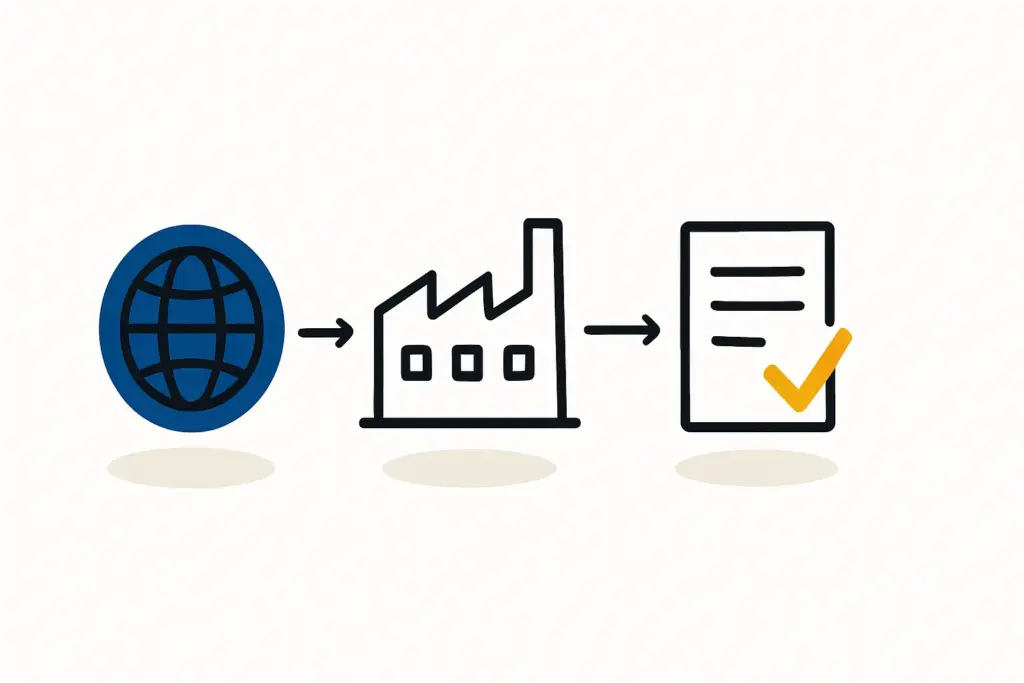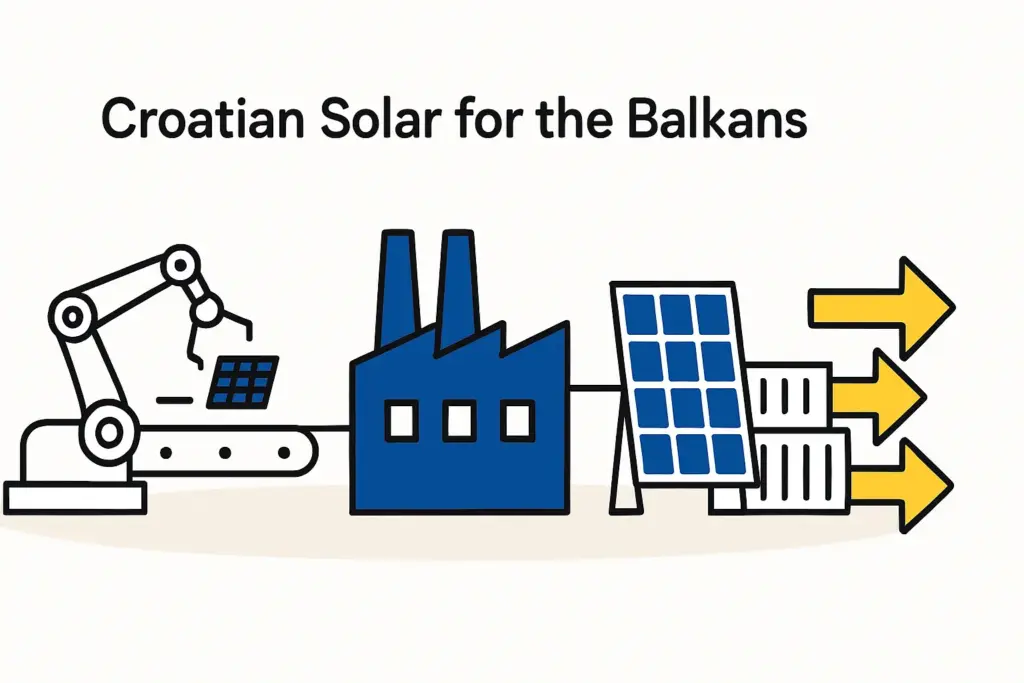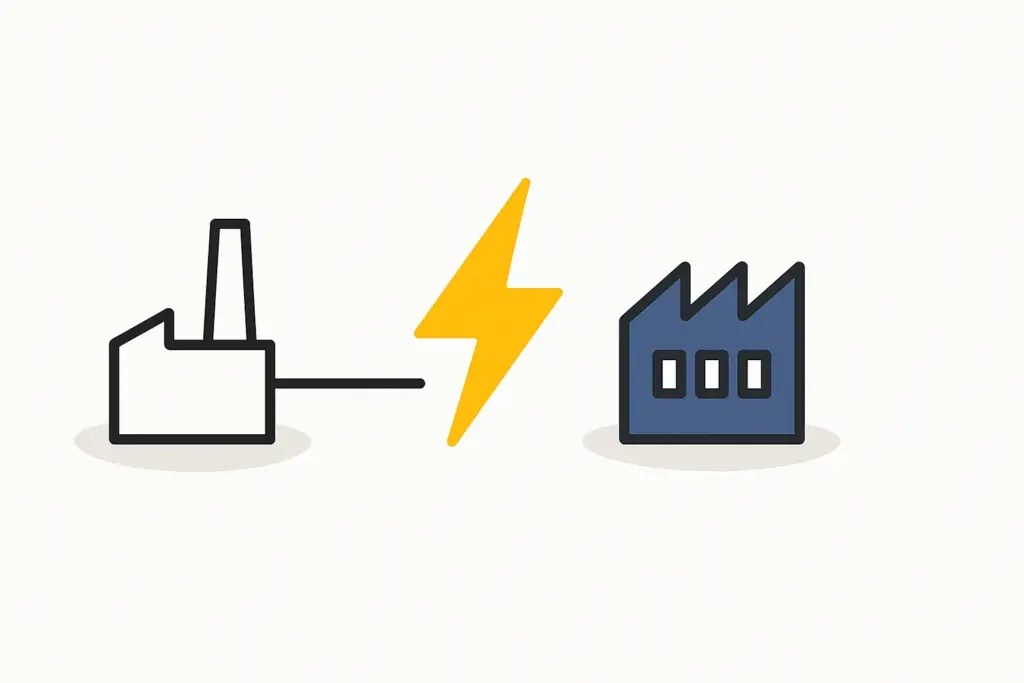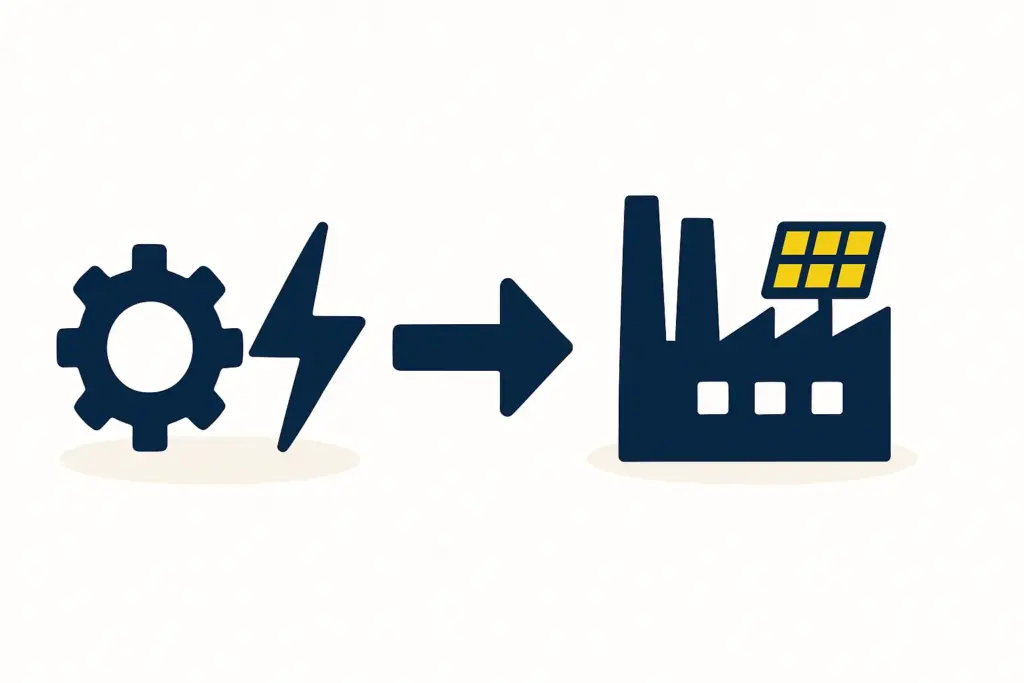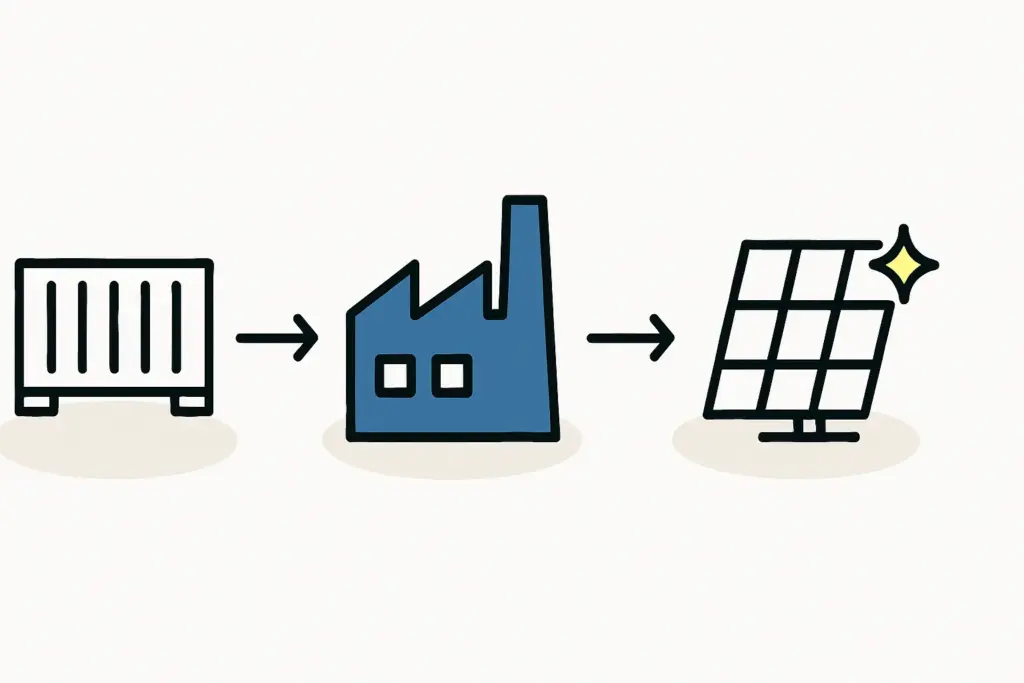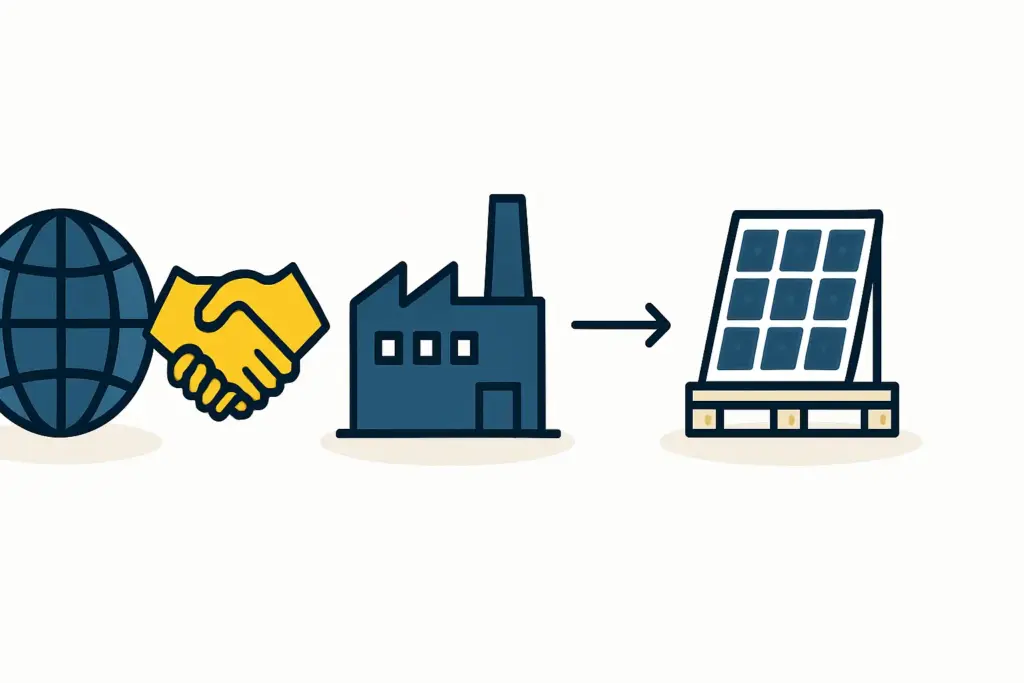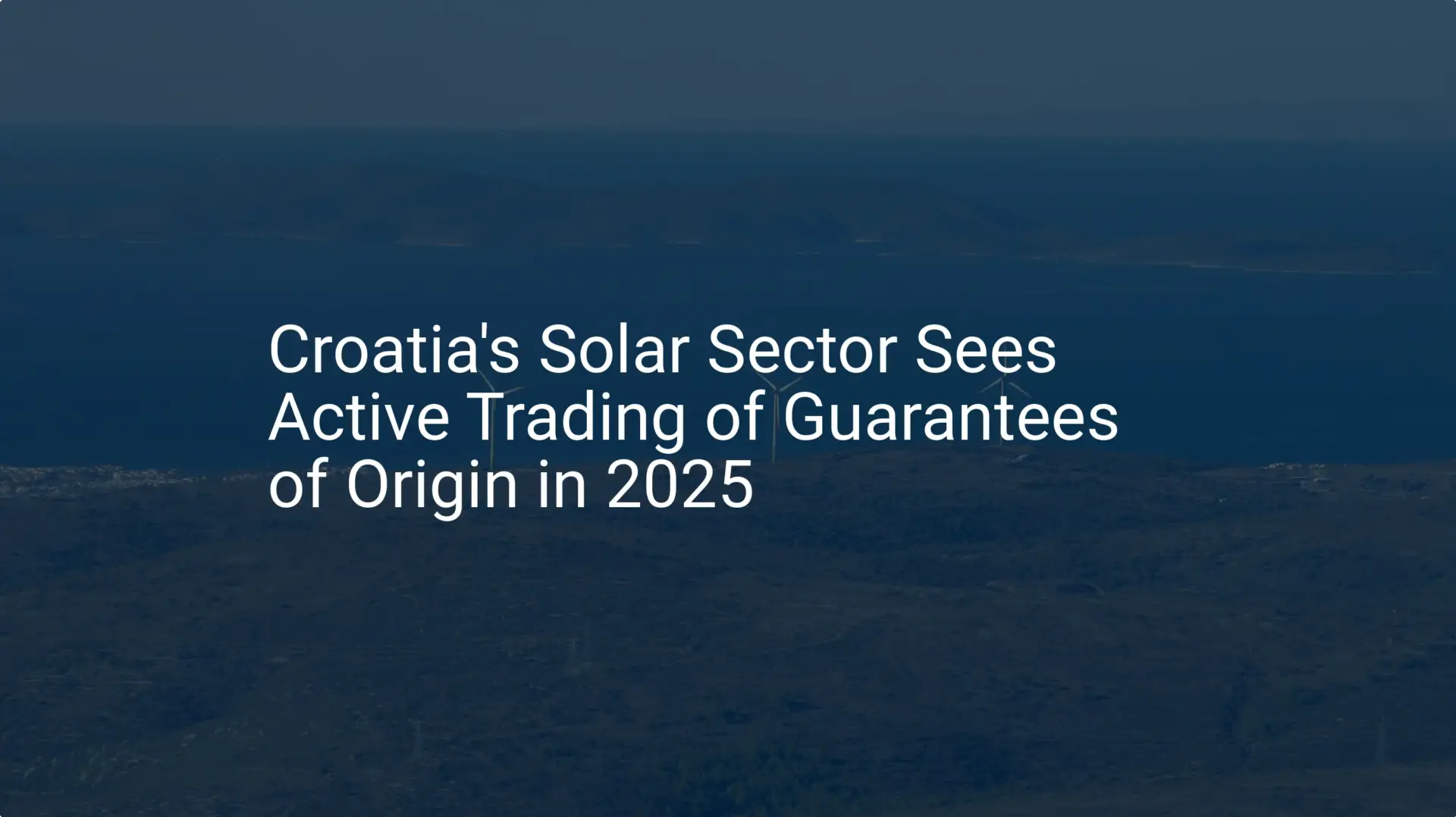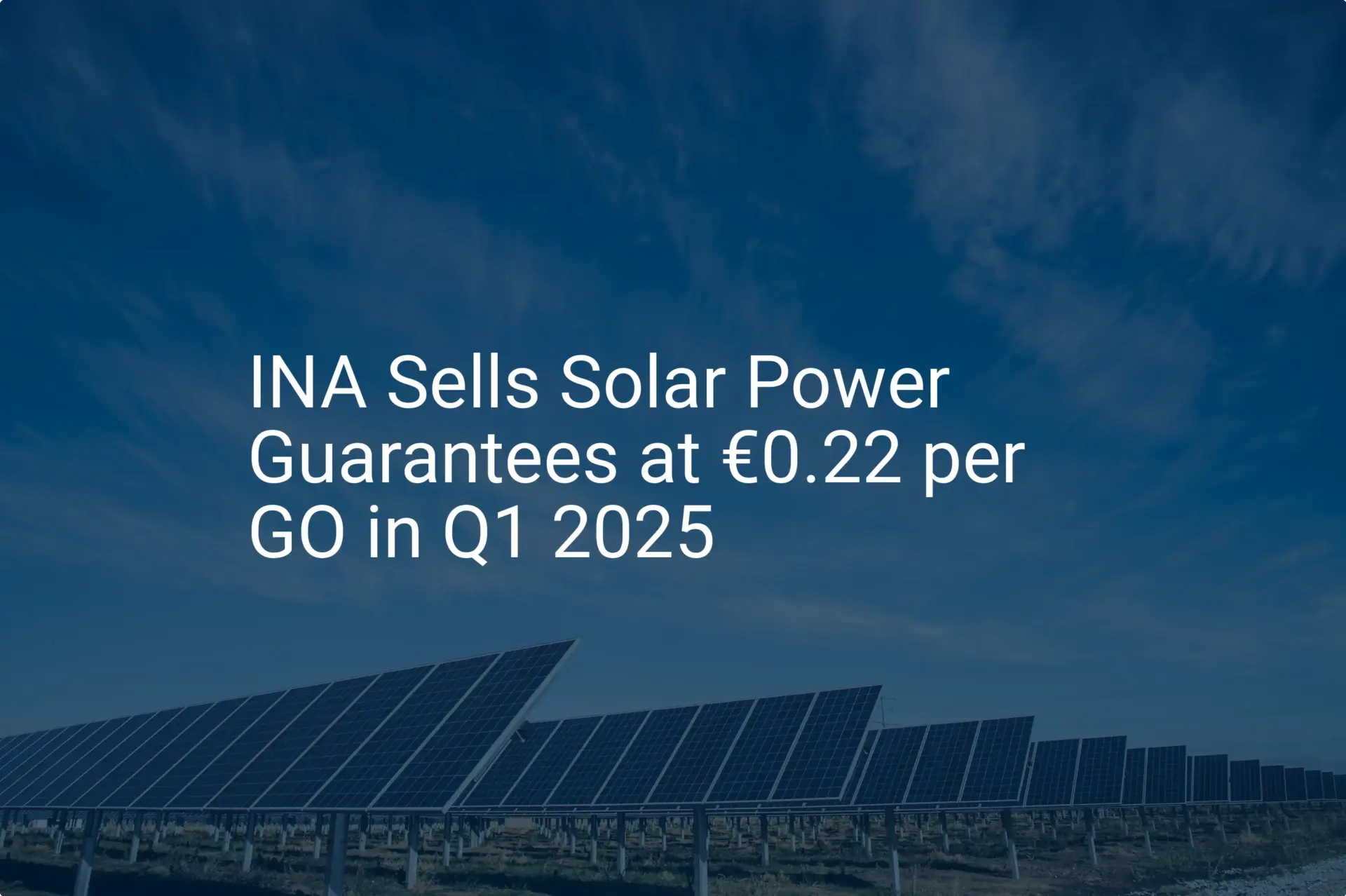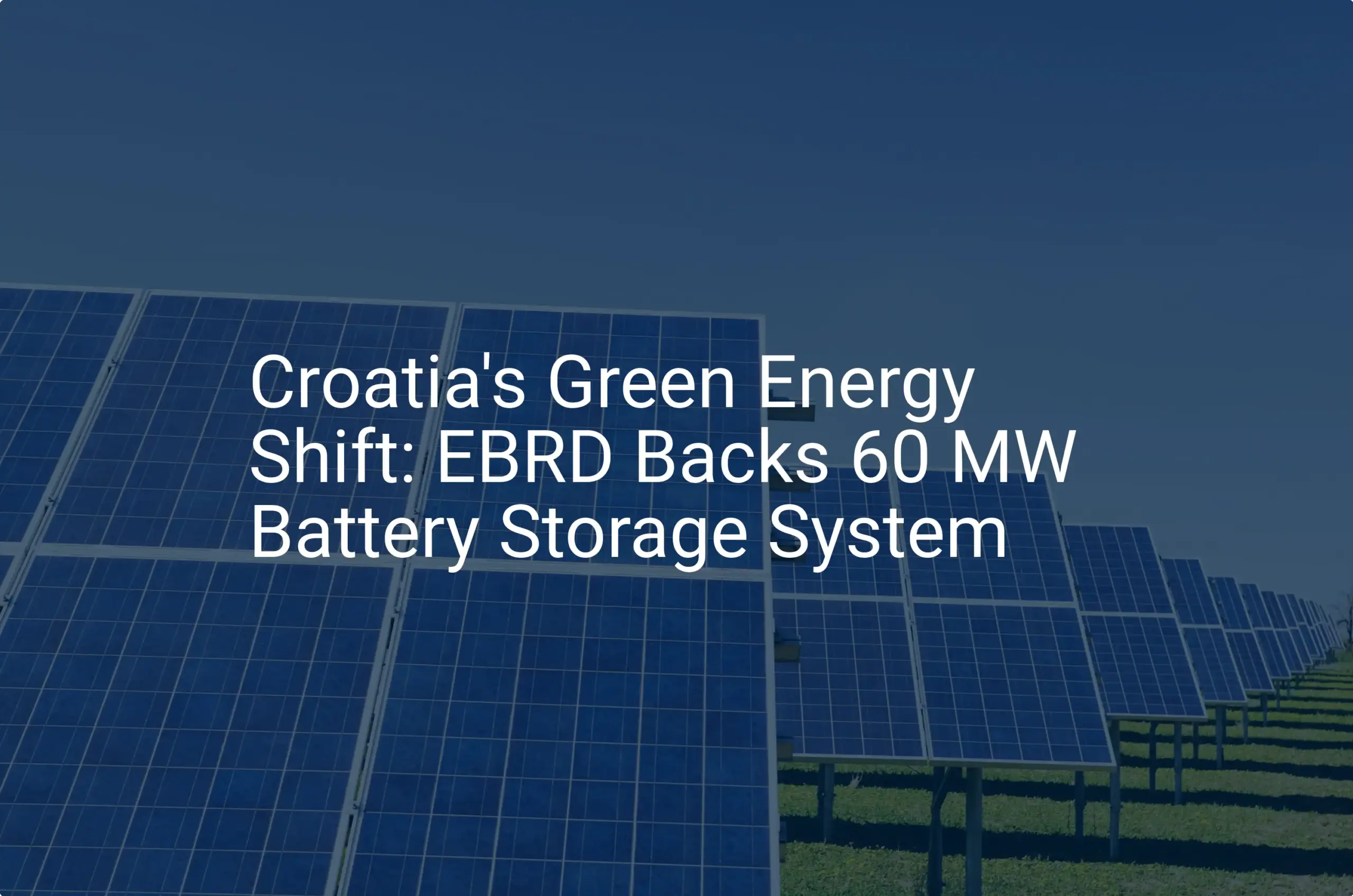Discover comprehensive insights into the statistics, market trends, and growth potential surrounding the solar panel manufacturing industry in Croatia
- Current Results (n.d.). Average Sunshine a Year in Croatia. Retrieved August 5, 2024, from https://www.currentresults.com/Weather/Croatia/sunshine-annual-average.php
- Global solar atlas (n.d.). Zagreb. Retrieved August 5, 2024, from https://globalsolaratlas.info/detail?c=45.85153,16.065265,19&m=site&pv=small,180,35,1&s=45.851753,16.06522
- Cro Real blog (2024, May 28). Price of electricity in Croatia 2024. Retrieved August 5, 2024, from https://www.croreal.com/blog/en/price-of-electricity-in-croatia-2024
- Balkan Energy News (2022, September 8). Croatia caps power prices for households, businesses. Retrieved August 5, 2024, from https://balkangreenenergynews.com/croatia-caps-power-prices-for-households-businesses/
- Index mundi (2019). Power outages in firms in a typical month (number) – Country Ranking. Retrieved August 5, 2024, from https://www.indexmundi.com/facts/indicators/IC.ELC.OUTG/rankings
- PV magazine (2024, February 16). Croatia deployed 238.7 MW of solar in 2023. Retrieved August 5, 2024, from https://www.pv-magazine.com/2024/02/16/croatia-deployed-238-7-mw-of-solar-in-2023/
- Croatian Renewable Energy Sources Association (2023, June 6). Croatia can develop 7 GW of solar energy by 2030. Retrieved August 5, 2024, from https://oie.hr/en/hrvatska-do-2030-moze-razviti-7-gw-solara/
- Statista (n.d.). Average monthly electricity wholesale price in Croatia from January 2019 to June 2024. Retrieved August 5, 2024, from https://www.statista.com/statistics/1314518/croatia-monthly-wholesale-electricity-price/
- International Energy Agency (2021). Energy system of Croatia. Retrieved August 5, 2024, from https://www.iea.org/countries/croatia
- Enerdata (2022). Croatia Energy Information. Retrieved August 5, 2024, from https://www.enerdata.net/estore/energy-market/croatia/
- Nova Ekonomija (2023, April 3). In Croatia, the number of home solar power plants has doubled. Retrieved August 5, 2024, from https://novaekonomija.rs/vesti-iz-sveta/u-hrvatskoj-udvostrunen-broj-kucnih-solarnih-elektrana
- Jutarnji list (2024, February 08). More than ten thousand solar power plants are in operation. Retrieved August 5, 2024, from https://novac.jutarnji.hr/novac/aktualno/u-pogonu-vise-od-deset-tisuca-solarnih-elektrana-15424569
- Total Croatia (2023, April 26). Croatia: electric companies offer solar panels for homes. Retrieved August 5, 2024, from https://total-croatia-news.com/lifestyle/croatia-solar-energy/
- Croatia Week (2024, May 3). Solar panel installations on the rise in Croatia. Retrieved August 5, 2024, from https://www.croatiaweek.com/solar-panel-installations-on-the-rise-in-croatia/
- MojPosao.net (2024, May 16). The average salary in Croatia reached 1,270 euros net, but most workers earn less than that amount. Retrieved August 5, 2024, from https://www.moj-posao.net/Vijest/84158/Prosjecna-placa-u-Hrvatskoj-dosegla-1270-eura-neto-medjutim-vecina-radnika-zaradjuje-manje-od-tog-iznosa/55/
- MojPosao (2023, July 4). Installer of solar panels (m/f). Retrieved August 5, 2024, from https://mojposao.hr/posao/d0396f32-a610-11ee-9a53-02d5740d71bf/monter-solarnih-panela-m-z?source=old
- Salary Expert (n.d.). Solar Engineer / Croatia. Retrieved August 5, 2024, from https://www.salaryexpert.com/salary/job/solar-engineer/croatia
- Worldometers (n.d.). Croatia Population. Retrieved August 5, 2024, from https://www.worldometers.info/world-population/croatia-population/
- MLS worldwide (n.d.). Industrial Properties for Rent in Croatia. Retrieved August 5, 2024, from https://mlsworldwide.com/en/rent-croatia-commercial-industrial
- Global Petrol Prices (2023, December). Croatia electricity prices. Retrieved August 5, 2024, from https://www.globalpetrolprices.com/Croatia/electricity_prices/
- Cro Real blog (2024, May 30). Drinking Water Prices in Croatia: Overview and Comparison. Retrieved August 5, 2024, from https://www.croreal.com/blog/en/drinking-water-prices-in-croatia-overview-and-comparison
- Indomio (n.d.). Commercial Property for rent in Rijeka, Split-Dalmatia and Zagreb. Retrieved August 5, 2024, from https://www.indomio.hr/en/to-rent/commercial/multiple-areas/area-ids_450149,450156,451319
- Statista (2024, March). Property Insurance – Croatia. Retrieved August 5, 2024, from https://www.statista.com/outlook/fmo/insurances/non-life-insurances/property-insurance/croatia
- Enerdata (2024, February). Croatia energy report. Retrieved August 5, 2024, from https://www.enerdata.net/estore/country-profiles/croatia.html
- Ministry of Economy and Sustainable development (2023, June). Integrated national energy and climate plan for the republic of Croatia for the period 2021-2030. Retrieved August 5, 2024, from https://commission.europa.eu/system/files/2023-07/CROATIA_%20DRAFT%20UPDATED%20NECP%202021%202030%20%282%29_0.pdf
- Balkan Green Energy news (2023, June 29). Croatia adopts regulations to facilitate renewables growth. Retrieved August 5, 2024, from https://balkangreenenergynews.com/croatia-adopts-regulations-to-facilitate-renewables-growth/
- Ministry of environment and energy (2019, December). Integrated National Energy and Climate Plan for the Republic of Croatia. Retrieved August 5, 2024, from https://mingo.gov.hr/UserDocsImages/UPRAVA%20ZA%20ENERGETIKU/Strategije,%20planovi%20i%20programi/hr%20necp/Integrated%20Nacional%20Energy%20and%20Climate%20Plan%20for%20the%20Republic%20of_Croatia.pdf
- Renewable market watch (2021, May 12). Croatia Solar Photovoltaic (PV) Power Market Development in the Clean Energy Transformation Context – Insights, Political Climate, Energy Strategy, Forecast, Renewable Market Watch. Retrieved August 5, 2024, from https://renewablemarketwatch.com/news-analysis/388-croatia-solar-photovoltaic-pv-power-market-development-in-the-clean-energy-transformation-context-insights-political-climate-energy-strategy-forecast-renewable-market-watch
- PV Magazine (2023, April 19). Croatia launches rebate program for solar, other renewables, batteries. Retrieved August 5, 2024, from https://www.pv-magazine.com/2023/04/19/croatia-launches-rebate-program-for-solar-other-renewables-batteries/
- Solar Power Europe (n.d.). Solar saves in Croatia. Retrieved August 5, 2024, from https://www.solarpowereurope.org/advocacy/solar-saves/stories/solar-saves-in-croatia
- Hive energy (2024, February 9). We have secured land on three solar projects in Croatia. Retrieved August 5, 2024, from https://www.hiveenergy.co.uk/2024/02/09/we-have-secured-land-on-three-solar-projects-in-croatia/
- Power Technology (2024, February 15). Top five solar PV plants in development in Croatia. Retrieved August 5, 2024, from https://www.power-technology.com/data-insights/top-5-solar-pv-plants-in-development-in-croatia/





